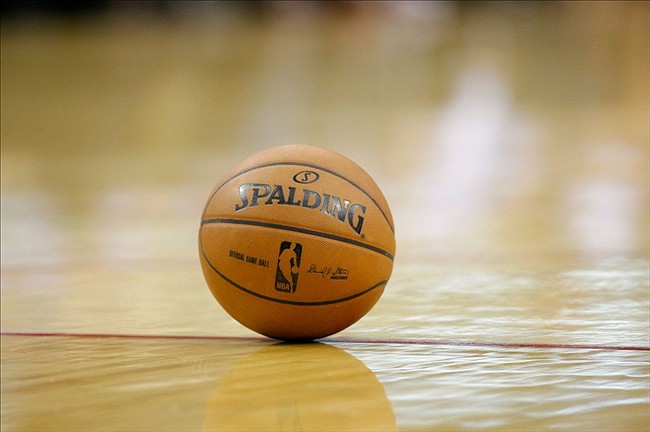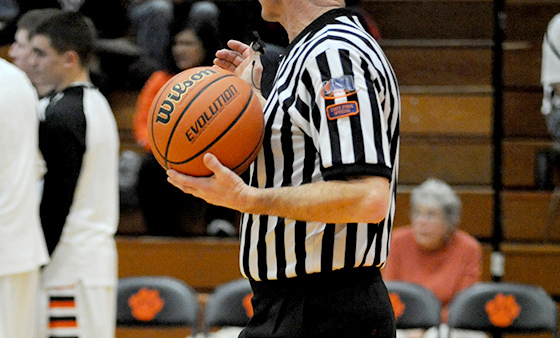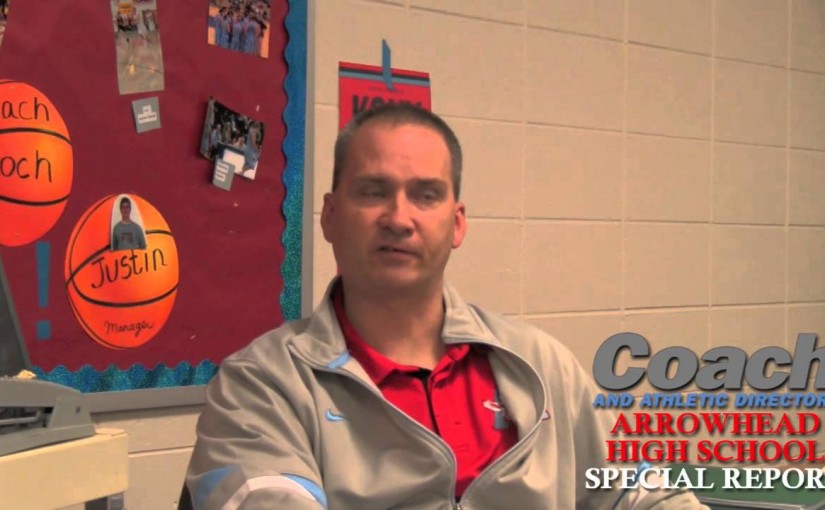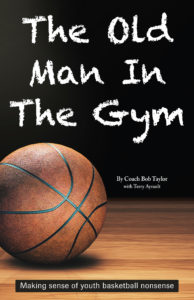The Energetic Bear: How Baylor’s Kim Mulkey challenges her team
Editor’s Note: This article appeared in the March 2011 issue of Coach & Athletic Director.
Kim Mulkey, the Women’s Basketball Hall of Fame coach, who stands at 5-foot-4, never is going to be confused with her 6-foot-8 superstar post player Brittney Griner. But Mulkey, who has transformed Baylor women’s basketball into a yearly national contender, says the players on her teams are a lot like her — strong, determined, energetic.
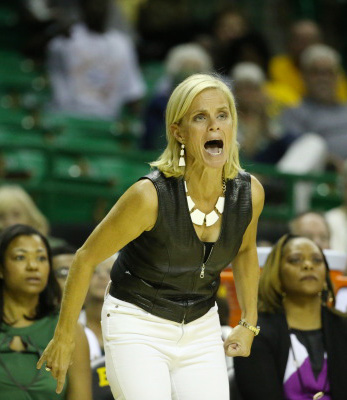
“A team usually imitates the personality of its coach. On the sideline, I give it my all, so I expect them to do the same on the court. I can work with any player as long as she responds to situations that always is seen as a positive for the team and if she hates to lose,” Mulkey says. “It needs to burn in your soul to lose. If I can find a bunch of those players, we have a great shot to win.”
Mulkey provides the perfect role model for her group of Bears because as a point guard at Louisiana Tech in the early 1980s, she only lost six times in four years including being a part of two national championship teams. She then spent the next 15 years as an assistant coach and associate head coach for Louisiana Tech, where her teams went a remarkable 430-68 in that time.
In April 2000, Mulkey moved on from her successful alma mater to take over Baylor, which had finished the 1999-2000 season with a less-than-inspiring overall mark of 7-20, including a 2-12 record in Big 12 play. Mulkey quickly went to work and at the end of her first season in Waco, the Bears had tied an NCAA Division I record by posting a 14-game improvement from one season to the next after a posting 21-9 record.
“The first thing I did when I came to Baylor was hire a loyal staff because that gives your program consistency,” Mulkey advises. “Then, you need to make the players believe they are better than their record indicates. You do that by showing them how hard they need to work in practice and how much effort is required to guard people, which is the key to being successful.”
And, be sure to bring some excitement and energy to the gym everyday. Instead of just telling players what to do, when I first got here, I was running drills with them and taking charges on the practice floor.
Now that the Bears are one of the elite women’s teams in college basketball, Mulkey says her style hasn’t changed much.
“We’re still working our players hard everyday at practice. They know what is required of them as players. And, our idea of discipline has not changed,” she says. “But, you do become wiser and more mature the longer you coach. Now, I understand you can’t be in the face of every player. You have to see what motivates them. Sometimes they need a hug, a laugh — and, sometimes, a kick in the pants.”
Handling her athletes
Mulkey’s methods of motivation come from her playing days. She says she sees it as a real advantage that she had an opportunity to play elite college basketball.
“You don’t have to play to coach, but it’s an advantage for me because I know how to push a players buttons. I can tell them, I’ve walked in your shoes. I understand your feelings. That means something to them.
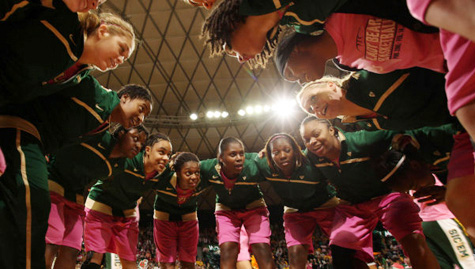
“I also know that college can be some of the best years of their lives but I am well aware that freshman year is going to be miserable for players. That’s the year you are broken down while trying to learn so many new things.” Mulkey adds that experiencing this maturation process allows her to be a better coach than if she hadn’t.
On the flip side of the maturation process is when an athlete quits on the coach and the team. This year, Mulkey had her senior point guard (Kelli Griffin) leave the team just one week prior to the season opener. Knowing that a team is much like a family that experiences ups and downs, Mulkey says her Baylor Bears were not about to let Griffin’s departure derail their season, even if it meant throwing some inexperienced players into the critical point-guard role.
“Kids quit every day; it’s not pleasant, but you can’t dwell on it,” Mulkey explains. “It was just time for the next player to get an opportunity. We didn’t spend any more time on it (point-guard play) in practice. We just gave different players those reps. What it comes down to is giving someone else an opportunity and seeing her do it on the floor.”
The Griner effect
Based on her personality, it’s no surprise that Mulkey-led teams play stifling man-to-man defense (after 20 games this season, Baylor defensively led the nation in field-goal percentage allowed at 30.9 percent). She admits there’s a place for zone, especially with a dominant interior presence like Griner, but her teams success lies in its man defense.
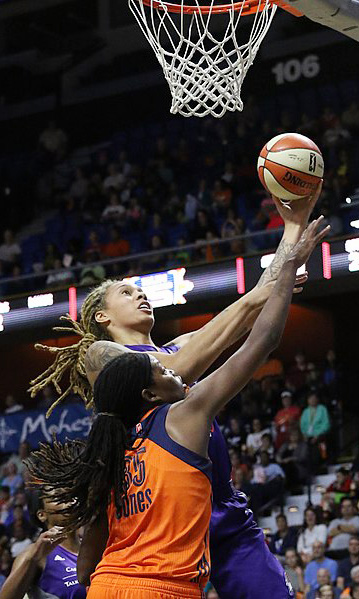
“No matter the personnel, you first have to be who you are. For us, that means we stick with our man principles first. That’s what I played in college, and it’s what I’m most comfortable teaching,” Mulkey says. “With Brittney back there, it allows us to gamble a bit more on the perimeter but it does not completely alter who we are.”
On the offensive end, Mulkey says historically her teams play from the inside-out, regardless of if it features a 6-foot-8 sophomore or not.
“Any good team is going to play inside-out. You need to have a post presence to be successful. It’s kind of like in football when you need to establish a running game to set up your passing game,” she explains. “Things do change with your personnel, and we go through the post with Griner even more now. But, even when I’ve had primarily strong perimeter teams, our goal always is to work inside-out.”
Speaking of Griner, alongside Mulkey, she has been the face of Baylor basketball the last couple of years. The attention is deserved, as she made second-team 2010 Associated Press All-American status after she set an NCAA single-season record with 223 blocked shots and became just the seventh female to dunk a ball during a regular-season game. At the same time, the attention sometimes overshadows the rest of the squad, which as a team reached the national semifinals before falling to undefeated UConn last season. Mulkey says her players know they all are important to the success of the team.
“We’ve never had a problem with jealousies on this team. I let my players know I’m confident in all of their abilities, and that you can’t win a national championship with just one player,” Mulkey remarks. “We don’t recruit selfish players, and everyone knows their role on this team. And, all of the parents understand that their daughters are here for two reasons: To earn a degree, and to win a national championship.”
When to foul & call timeouts
En route to a potential national championship, a team faces obstacles, big and small, throughout the course of the season. For the 2010-11 season, Baylor’s main test on a national stage came against undefeated UConn, which, at the time, was riding a 79-game winning streak into its early-season battle against the Bears.
Baylor withstood UConn’s best shot while playing in the Huskies backyard of Hartford, Conn. Despite trailing by as many as 15 points in the second half, Mulkey rallied her troops and the Bears pulled even with 9:15 remaining in the contest. It was back and forth until the final minute. Connecticut held a 65-62 lead when Baylor scored to pull within one point with 36.5 seconds left. Mulkey then was forced into a couple of coaching decisions.
Coaching decision No. 1: To foul or not to foul. Trailing by one point with 36.5 seconds left (women’s college basketball has a 30-second shot clock), Mulkey elected not to foul Connecticut and opted to play solid defense.
“I do not believe in fouling in that situation to let them go up three,” Mulkey says of Connecticut, which shot 14 of 15 from the free-throw line in the game. “If you do that, you then are forced to shoot a 3-pointer just to tie. If you play good defense and get a stop, you only need an in-close shot for a chance to win. Now, if there were 32 or even 33 seconds left, I’d probably foul. But, with 36.5, I thought we could go the length of the court in five or six seconds.”
Coaching decision No. 2: How to manage a final timeout. Baylor’s defense came through, and Griner blocked a Connecticut shot with just two seconds remaining on the shot clock (8.5 seconds in the game). UConn coach Geno Auriemma called timeout to set up an inbound play.
Upon seeing the Huskies formation, Mulkey opted to use her final timeout to counter UConn’s set. Her defensive strategy worked, as UConn’s Maya Moore shot an apparent airball, which should have given Baylor the ball out of bounds with six seconds to go the length of the court. The referees did not make the call, which sent Baylor scrambling after grabbing the errant shot. The Bears raced to the other end of the court and only had time to shoot a desperation heave from 30 feet away at the buzzer (the shot was not close).
Afterward, many have questioned Mulkey’s position on using her final timeout for defensive purposes. She has remained steadfast in her coaching philosophy in that particular situation.
“Even if I had the timeout left, I wouldn’t have called it in the backcourt anyway,” Mulkey explains. “I find that if you grab the ball and go, it puts the defense on its heels and you have a good chance at getting an open shot. Everyone I have asked said they would not have called a timeout in the backcourt with six seconds left. All you are doing is allowing time for the defense to set up.”
And, just like a true coach, Mulkey does not see the wild, scramble at the end of the game as the reason why her team lost. “Free throws cost us that game,” concludes Mulkey, whose team only knocked down 16 of 28 free-throw attempts.
For those that know her and have seen her coach, it’s no surprise that despite that poor showing from the line against UConn, through 20 games this season, her team is knocking down 75 percent of its free throws, which is good for 29th in the country. It’s just one more area where her team mirrors its coach: It knows how to define a problem, work through it, and fix it so that the team can succeed and thrive.

